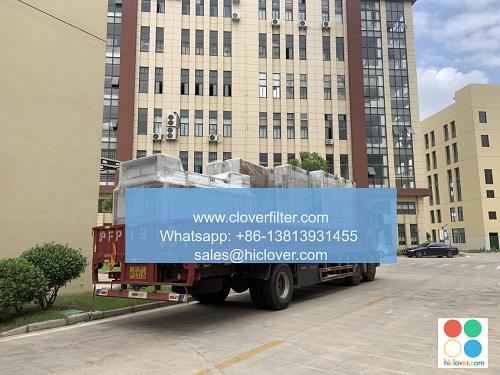The Science Behind Square Air Filters: What You Need to Know

Square air filters are a crucial component in maintaining indoor air quality, and their science-backed design plays a significant role in air purification systems. In this article, we will delve into the technical aspects of square air filters, exploring their filtration mechanisms, efficiency ratings, and application areas.
How Square Air Filters Work
Square air filters operate on the principle of mechanical filtration, where airborne particles are trapped by the filter’s fibrous media. The filter’s porosity and surface area determine its capture efficiency, which is typically measured by the Minimum Efficiency Reporting Value (MERV) rating system. A higher MERV rating indicates a more efficient filter, capable of capturing smaller particles, including particulate matter (PM), pollen, and bacteria.
Filtration Mechanisms
Square air filters employ various filtration mechanisms, including:
* Interception: Particles are trapped by the filter’s fibers through direct contact.
* Impaction: Larger particles are forced to change direction, causing them to collide with the filter’s fibers.
* Diffusion: Smaller particles are captured through random Brownian motion, increasing their chances of collision with the filter’s fibers.
Application Areas
Square air filters have a wide range of applications in various industries, including:
* Heating, Ventilation, and Air Conditioning (HVAC) systems
* Air purification systems for residential and commercial use
* Industrial air filtration systems for manufacturing and processing facilities
* Medical facilities, where high-efficiency particulate air (HEPA) filters are used to maintain sterile environments
* Transportation systems, including aircraft and automotive applications
Benefits and Advantages
The use of square air filters offers several benefits and advantages, including:
* Improved indoor air quality
* Reduced maintenance costs
* Increased energy efficiency
* Enhanced system performance
* Compliance with regulatory standards, such as those set by the Occupational Safety and Health Administration (OSHA) and the Environmental Protection Agency (EPA)
Conclusion
In conclusion, the science behind square air filters is rooted in mechanical filtration and efficiency ratings. Understanding the filtration mechanisms and application areas of these filters is crucial for selecting the right filter for your specific needs. By choosing a high-quality square air filter, you can improve indoor air quality, reduce maintenance costs, and enhance system performance. Whether you’re in the market for a residential air purification system or an industrial air filtration system, square air filters are an essential component in maintaining clean and healthy air. It seems like you’ve provided a prompt without any actual text or question. Could you please provide more context or clarify what you would like to discuss or ask? I’ll do my best to provide a helpful and direct response.

